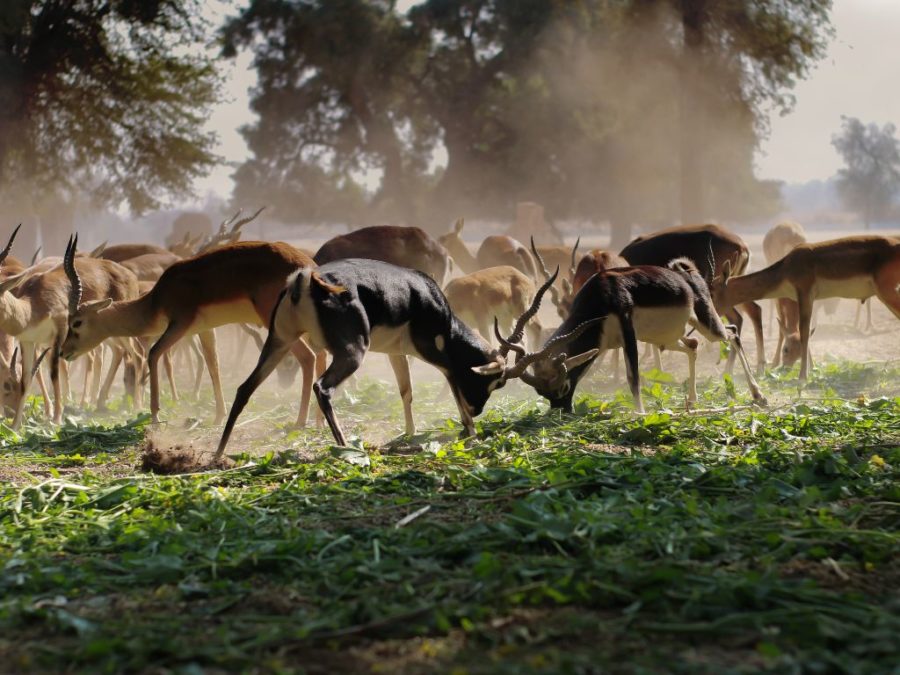
Nature is full of wonders. From spectacular coral reefs beneath the ocean to high mountain ranges, our planet is home to over 8 million species of plants and animals. Nature also provides us with food, water and air. Unfortunately, our world is in danger. As coral reefs die out and rainforests disappear, what can we do to restore the balance of nature? Is rewilding the answer we are looking for?
—
Rewilding means to return an area to a wilder or more natural state. Often, this means doing nothing and letting nature run wild. Forests, for example, can regrow on their own if we simply leave the land alone. Sometimes, however, we can also assist nature by bringing back plants or animals that used to live there.
Rewilding can help to restore biodiversity and ecosystems. As nature regenerates, this encourages species to return. In the United Kingdom, for example, a rewilding project at Knepp Castle Estate turned a piece of abandoned farmland into a thriving ecosystem. Today, the wildland is home to a wide range of animals, including rare species such as purple emperor butterflies, turtle doves, and nightingales.
Rewilding can have a positive impact on climate change, too. Trees, for example, remove carbon from the air by absorbing and storing it as they grow. They are natural carbon sinks that take in more carbon than they release. Carbon that stays in the air traps heat and contributes to global warming.
Yet, rewilding projects need to be planned carefully to consider the needs of different communities. Food production, for example, is important to feed our growing world population. As such, fertile land may be best kept for farming and not for rewilding. It is also important to involve local or native communities in the discussion so that they are not pushed out of their lands.
Anyone can help to rewild the world – even you! If you have a backyard in your home, you can provide a home for wildlife by letting small parts of it go wild. Planting flowers also support pollinators like bees and butterflies, which help to make the food that we eat. Insects are incredibly important to our ecosystems, even though we may not like them!
When we share our space with nature, we learn to live as a part of nature and not apart from it.
Check this out next: 3 Facts About Deforestation for Kids